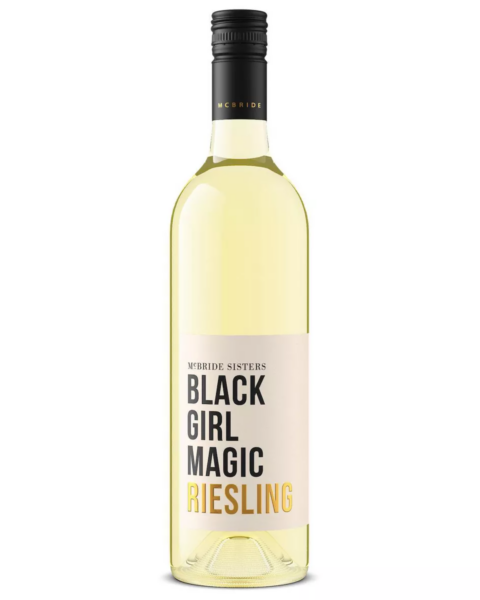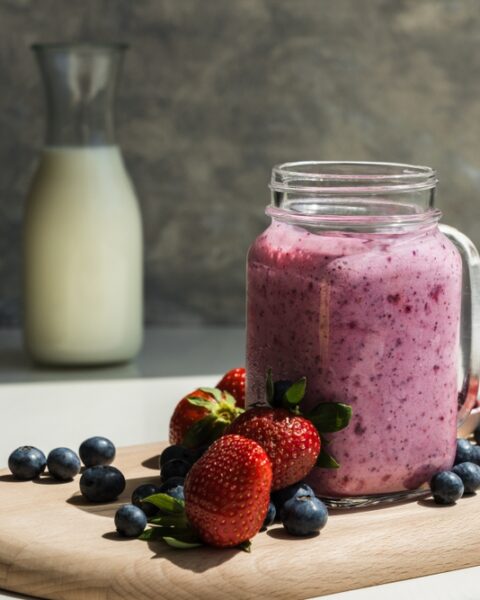Who wouldn’t want a garden that’s bursting with color and life throughout the year? A garden that blooms in every season not only keeps your outdoor space looking beautiful, but it also provides a sense of continuity and joy no matter the time of year. While it might seem tricky to achieve, a well-planned garden can bring you that constant splash of color you’re after. If you’ve ever wondered how to keep your garden blooming all year round, here is what it takes to create a garden that’s always in bloom.
Contents
- 1 Understand Your Growing Zone
- 2 Choose Plants with Staggered Bloom Times
- 3 Incorporate Evergreens for Winter Interest
- 4 Utilize Bulbs for Early Spring Blooms
- 5 Opt for Long-Blooming Perennials
- 6 Plant Shrubs with Seasonal Blooms
- 7 Layer Your Plants for Visual Depth
- 8 Add Climbing Plants for Vertical Interest
- 9 Use Annuals for Quick, Colorful Fillers
- 10 Incorporate Ornamental Grasses for Texture
- 11 Consider Colorful Foliage Plants
- 12 Attract Pollinators for a Healthy Garden
- 13 Plan for Succession Planting
- 14 Add Water Features for Year-Round Appeal
- 15 Plan for Maintenance and Seasonal Care
- 16 More From RetailShout
- 17 The 14 Oldest Steakhouses in America You Must Visit
- 18 15 Myths About Eating Healthy on a Budget Debunked
Understand Your Growing Zone

The first step to designing a garden that blooms year-round is understanding your growing zone. Different regions experience various weather patterns, and some plants may thrive better in one area than another. Researching your zone will help you select plants that bloom during different seasons. For example, certain hardy perennials can survive harsh winters, while others require warmer climates to thrive. Knowing your zone is essential for ensuring that your plants can sustain throughout the year.
Choose Plants with Staggered Bloom Times
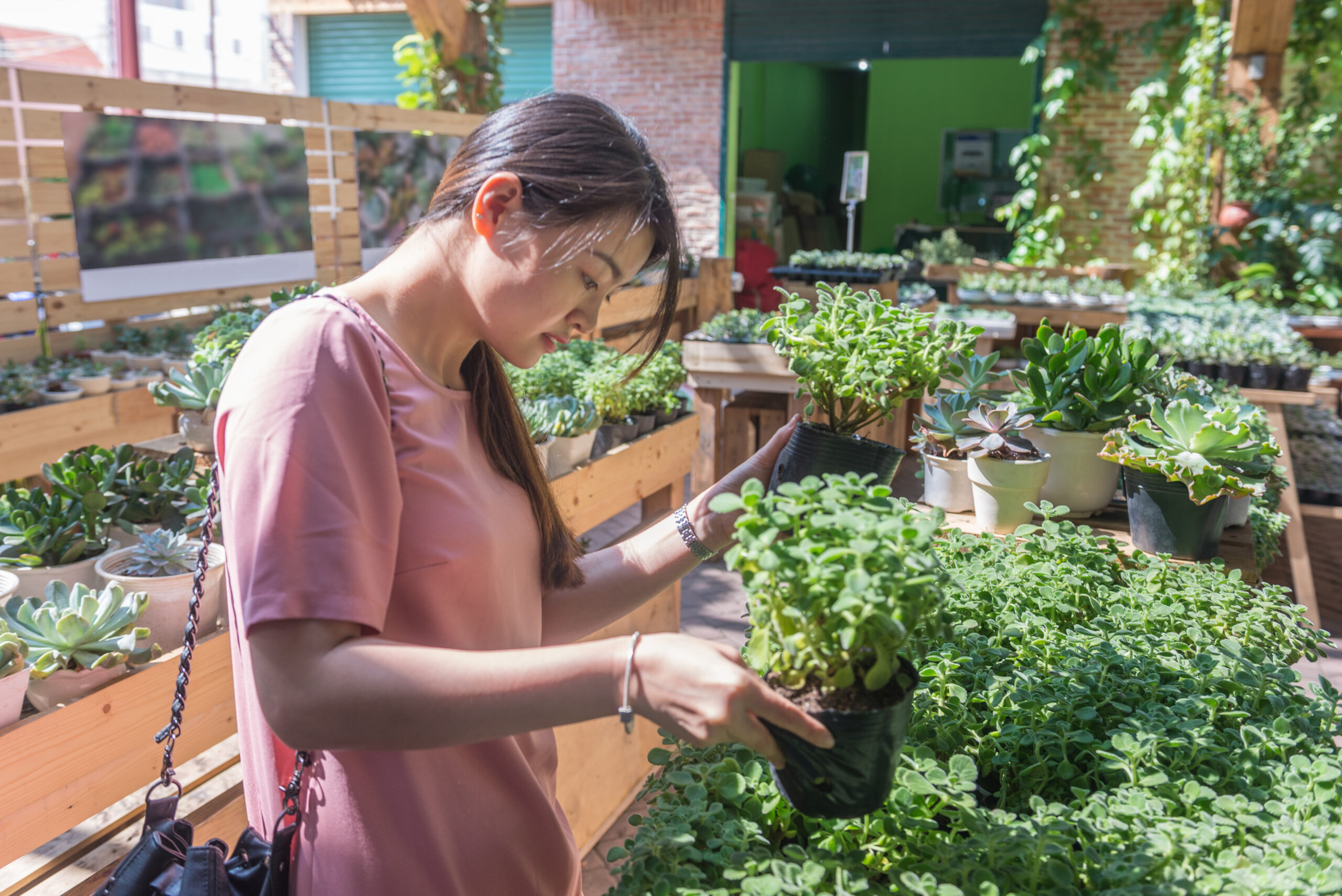
One of the best ways to keep your garden blooming throughout the year is to choose plants with staggered bloom times. Select a combination of early-spring bloomers, summer perennials, and fall-flowering plants. For instance, plant tulips and crocuses for early spring, followed by daylilies and coneflowers in the summer, and mums and asters in the fall. This approach ensures that there is always something in bloom, no matter the season.
Incorporate Evergreens for Winter Interest
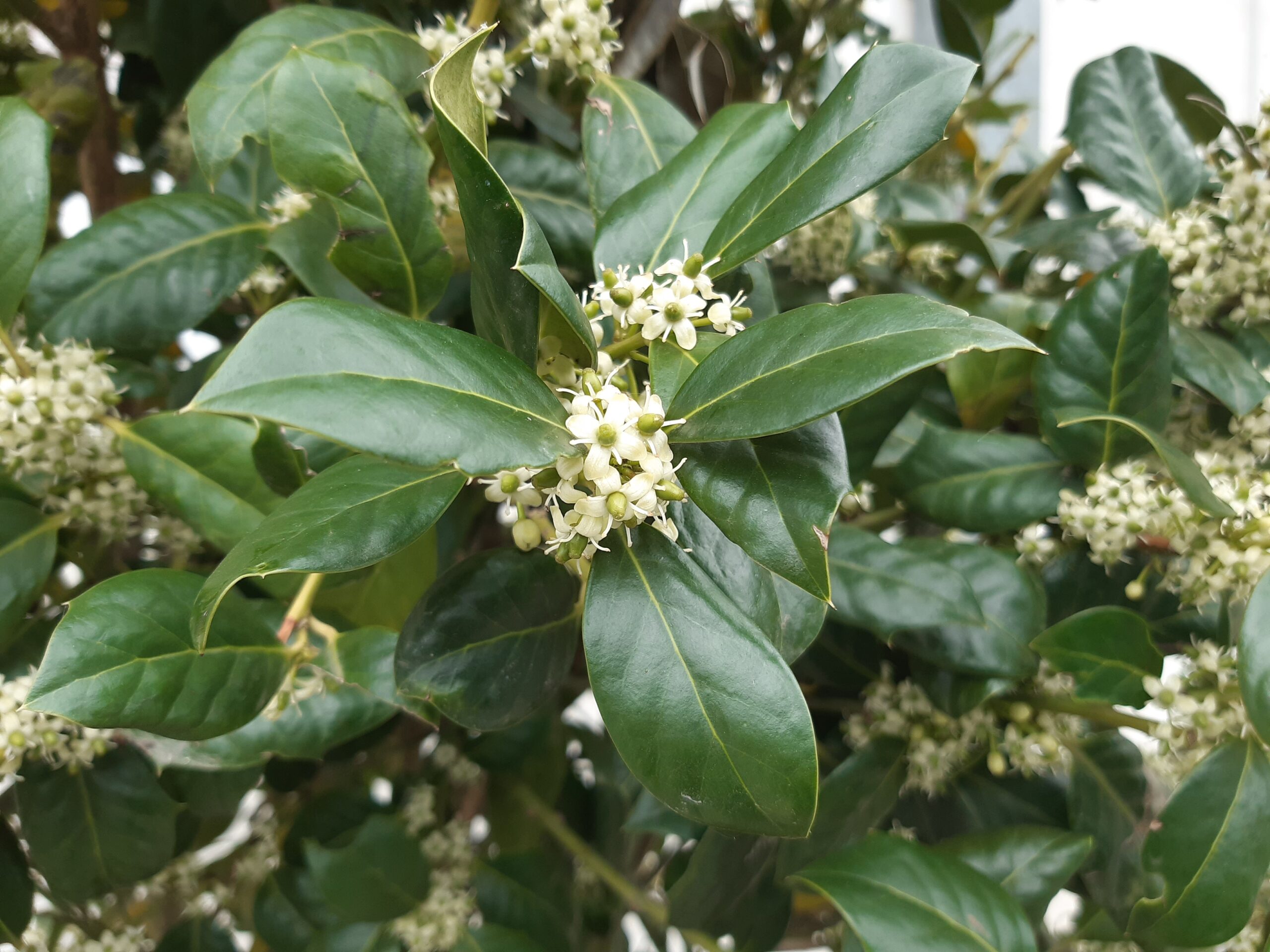
Winter can often be a challenging time to maintain visual interest in the garden. Incorporating evergreen plants like holly, pine, and boxwood ensures that your garden has structure and color even when other plants are dormant. Evergreens also provide excellent backdrops for seasonal plants and flowers. They keep the landscape from looking bare and give your garden a sense of life even in the coldest months.
Utilize Bulbs for Early Spring Blooms

Bulbs are a fantastic way to jump-start your garden in early spring when few other plants are blooming. Snowdrops, daffodils, and hyacinths are early risers that bring vibrant color as soon as the frost melts. Plant these bulbs in the fall to ensure they bloom in time for spring. The beauty of bulbs is that they multiply over time, offering a reliable burst of color each year with minimal effort.
Opt for Long-Blooming Perennials
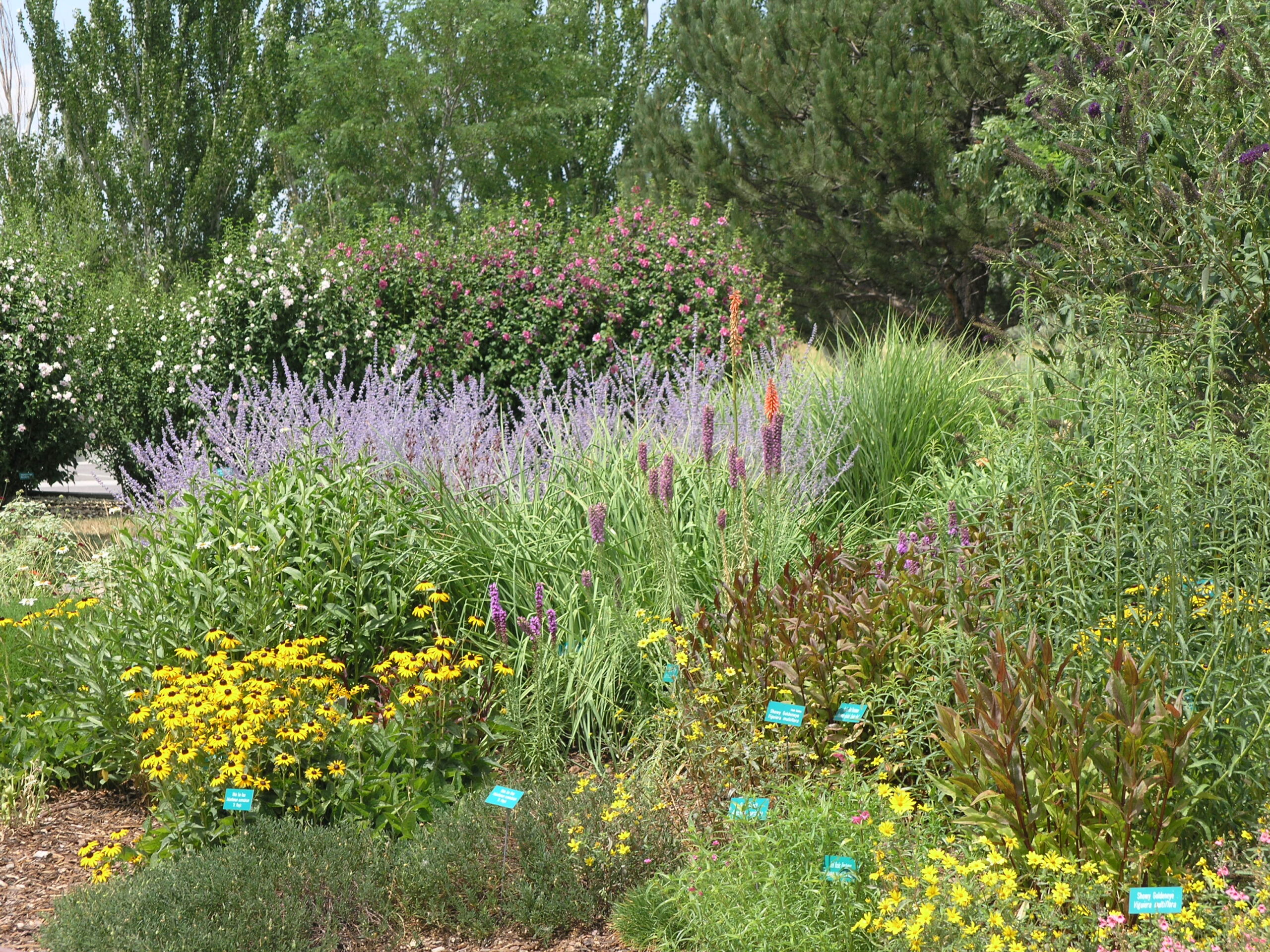
Perennials that have long blooming periods are essential for maintaining a vibrant garden across multiple seasons. Plants like coneflowers, black-eyed Susans, and Russian sage can bloom from early summer into fall, providing continuous color. These hardy plants are also low maintenance, making them ideal for gardeners who want maximum impact with minimal upkeep. Combining several types of long-blooming perennials guarantees a colorful display for months on end.
Plant Shrubs with Seasonal Blooms
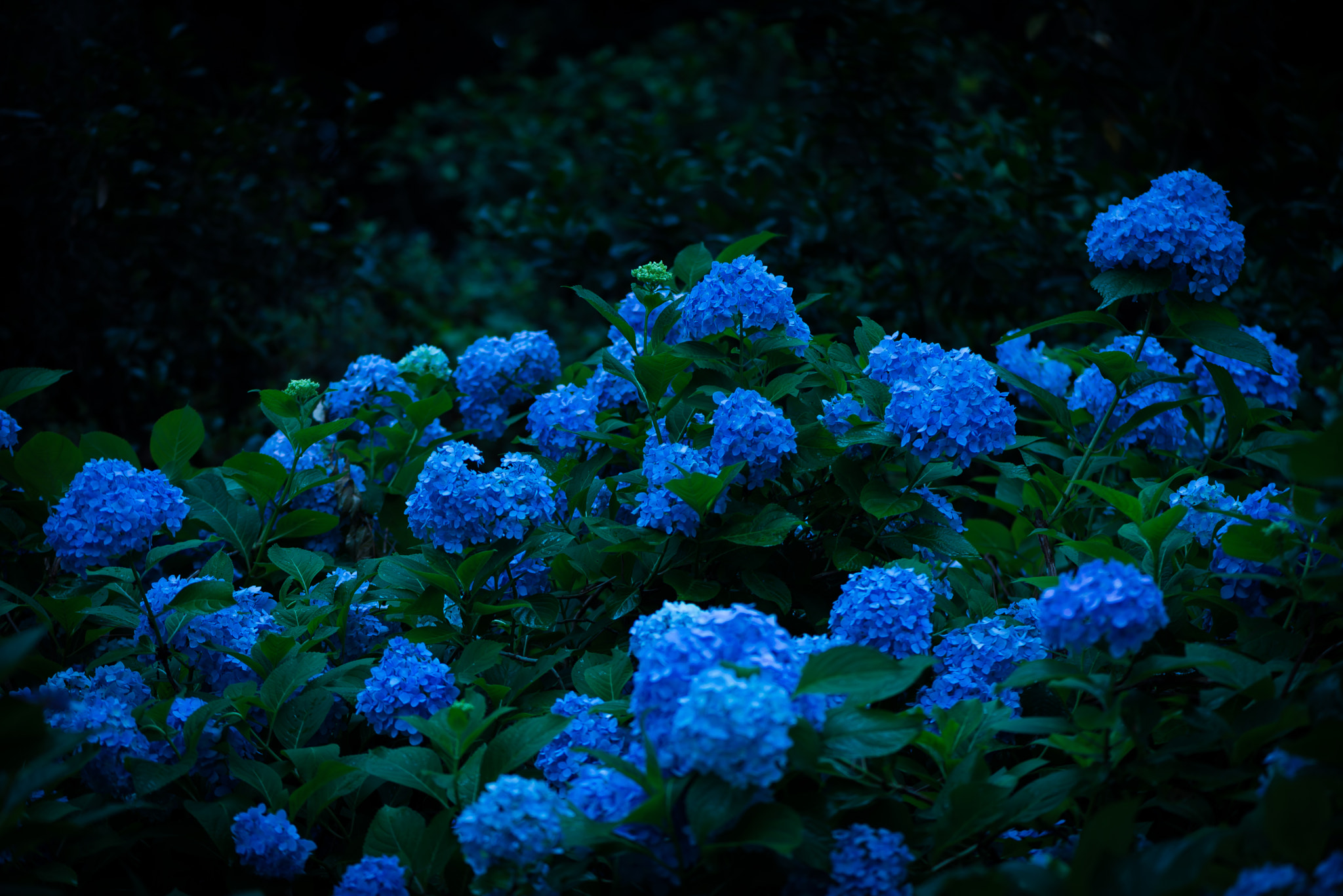
Shrubs can play a significant role in keeping your garden colorful throughout the year. Forsythia and azaleas bloom in early spring, while hydrangeas and roses add summer and early fall color. Many flowering shrubs are also available in different varieties, so you can mix and match to suit your garden’s aesthetic. The benefit of shrubs is that they offer both flowers and foliage, giving depth to your garden design.
Layer Your Plants for Visual Depth
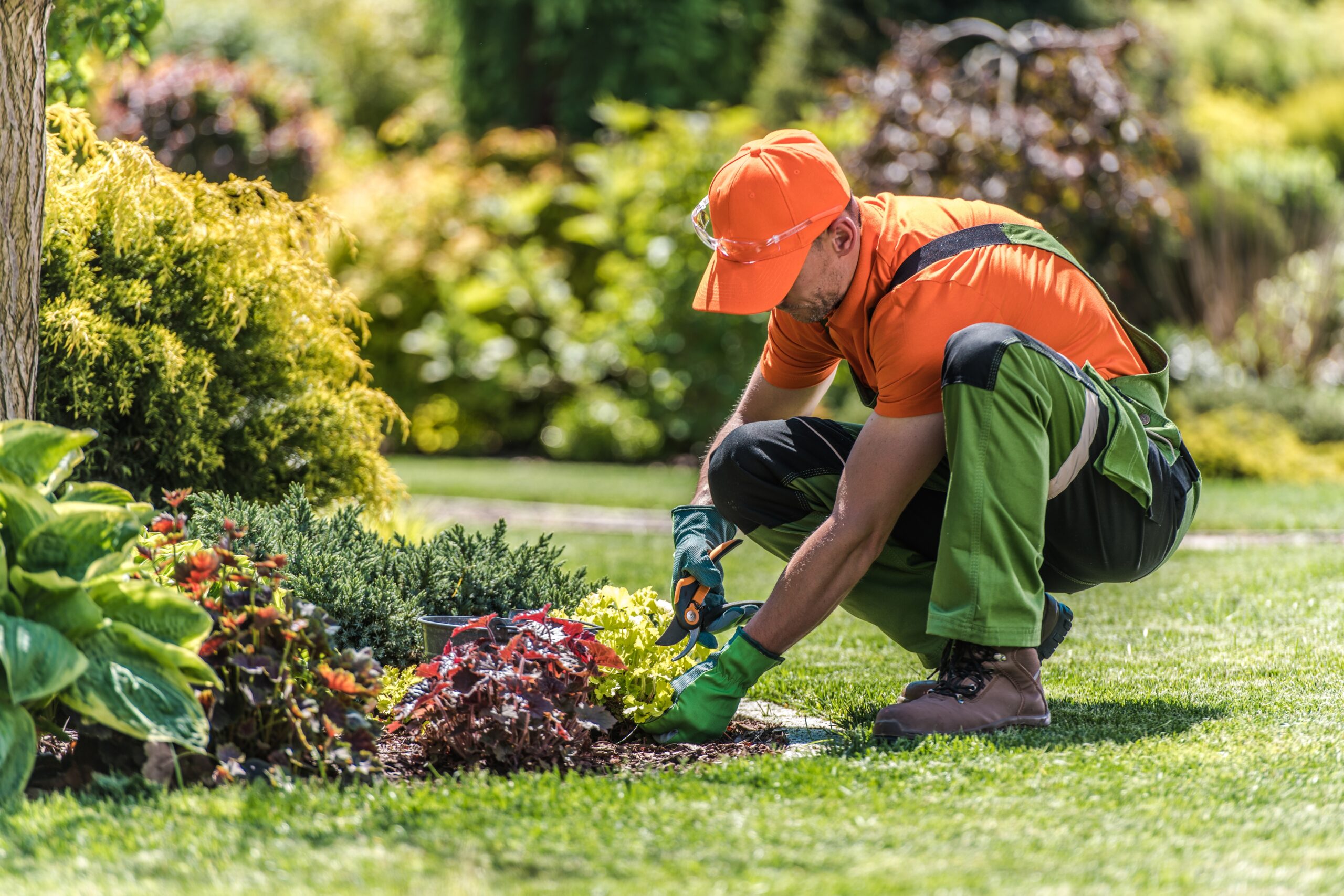
Layering plants by height, bloom time, and texture adds depth and dimension to your garden. Taller plants, like sunflowers or delphiniums, should be placed in the back, with medium-height flowers like daisies or lavender in the middle, and shorter ground covers like creeping thyme in the front. This approach allows for a natural progression of blooms, ensuring that no area of the garden looks sparse at any time of the year.
Add Climbing Plants for Vertical Interest
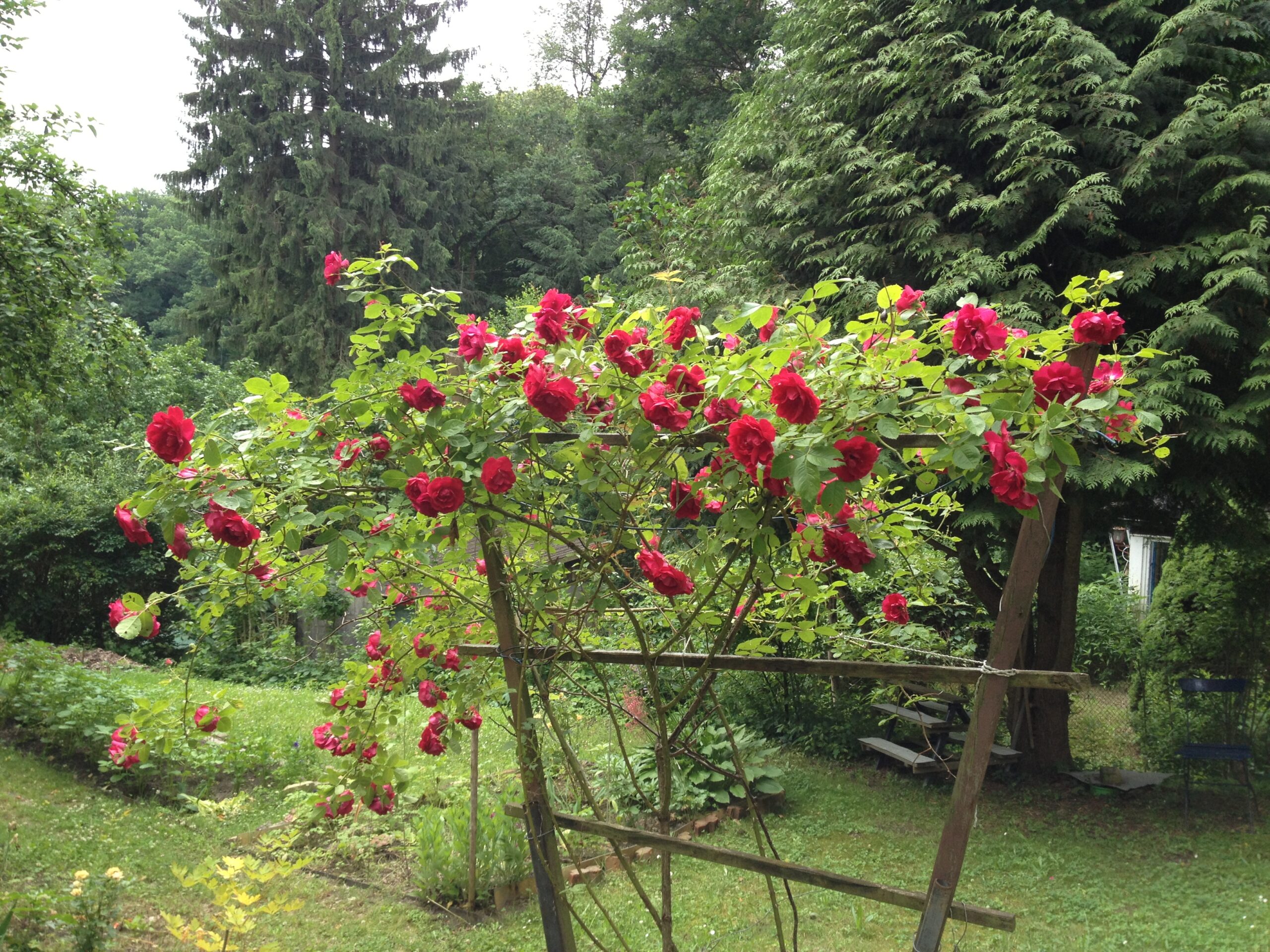
Climbing plants like clematis, wisteria, and climbing roses can add height and vertical interest to your garden design. These plants are perfect for covering walls, trellises, or garden arches and provide a stunning display of blooms. By incorporating climbing plants, you can maximize the space in your garden and create a lush, layered look. Many climbing plants also bloom over an extended period, ensuring that vertical spaces remain colorful throughout the seasons.
Use Annuals for Quick, Colorful Fillers
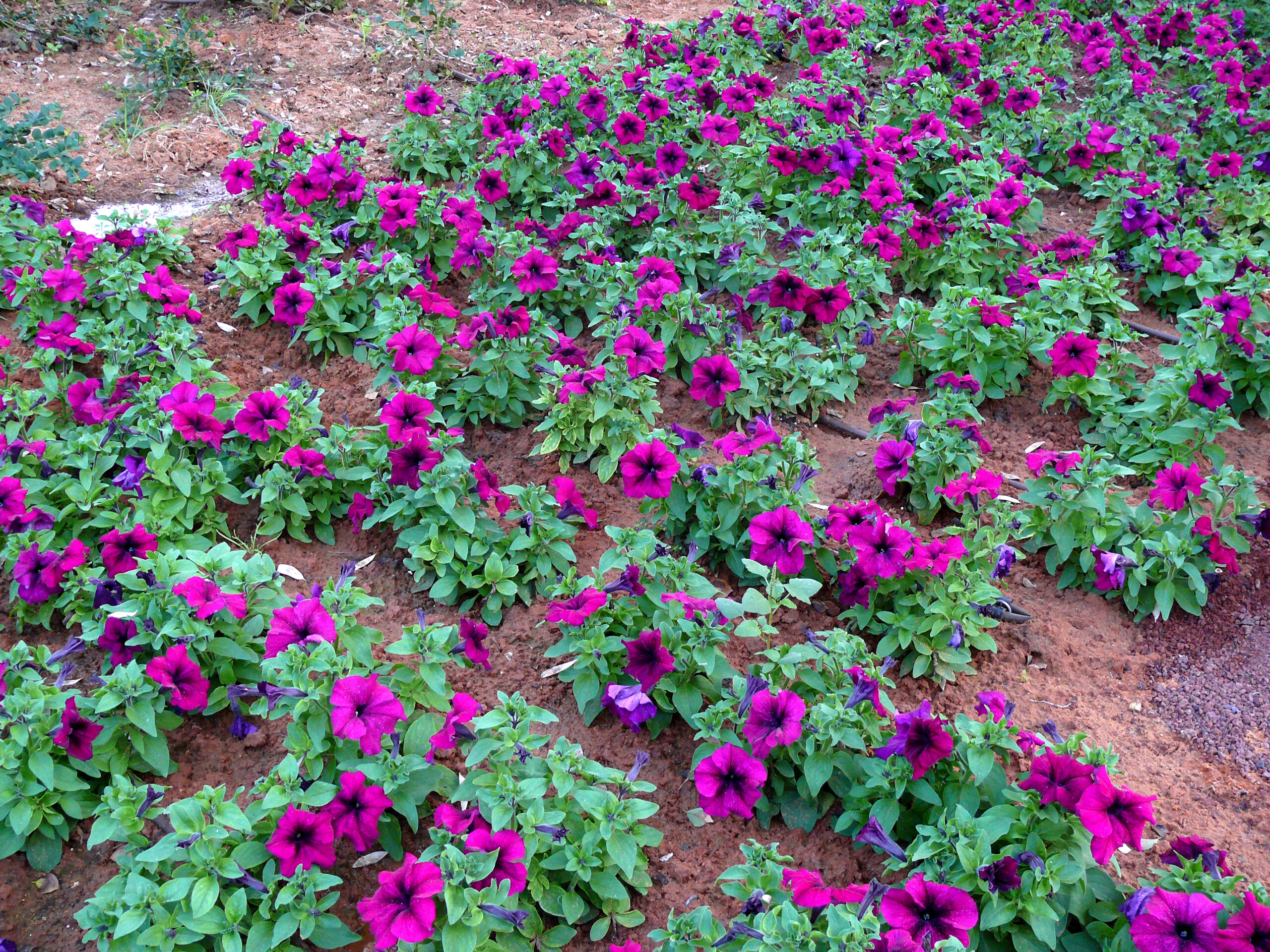
Annuals are perfect for adding bursts of color to your garden, especially when you need to fill in gaps left by perennials or shrubs that are not in bloom. Marigolds, petunias, and snapdragons are fast-growing and provide instant color. Since annuals only last one season, they give you the flexibility to change up your garden’s appearance each year. By planting a mix of annuals and perennials, you can ensure that your garden is always vibrant.
Incorporate Ornamental Grasses for Texture
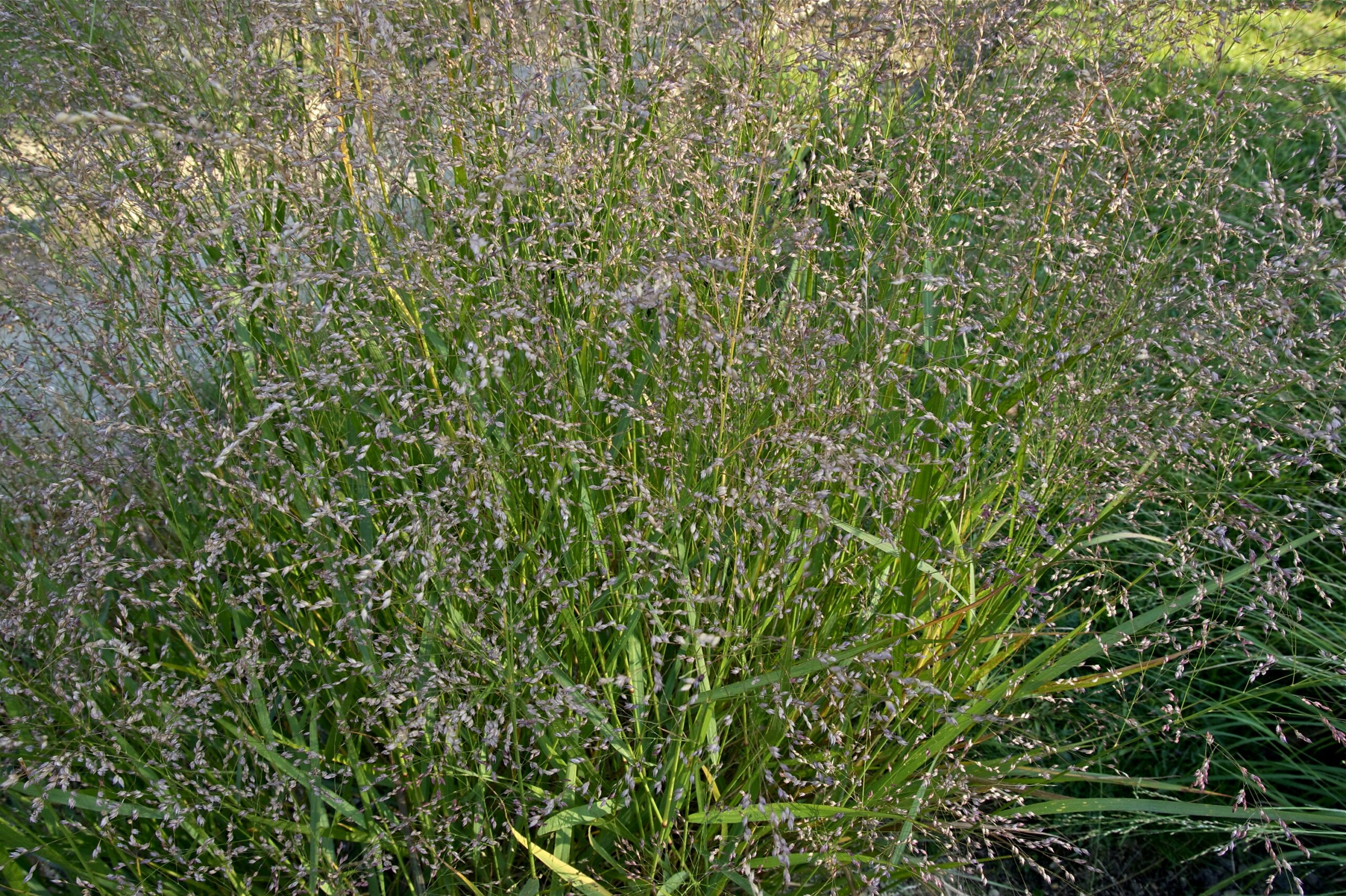
Ornamental grasses are a great way to add texture and movement to your garden. Varieties like fountain grass, switchgrass, and blue fescue offer a different kind of visual interest, especially during the fall and winter months. Many grasses also change color as the seasons progress, providing a subtle shift in your garden’s appearance. These grasses are low maintenance and often remain attractive well into the winter, making them a valuable addition to a year-round garden.
Consider Colorful Foliage Plants
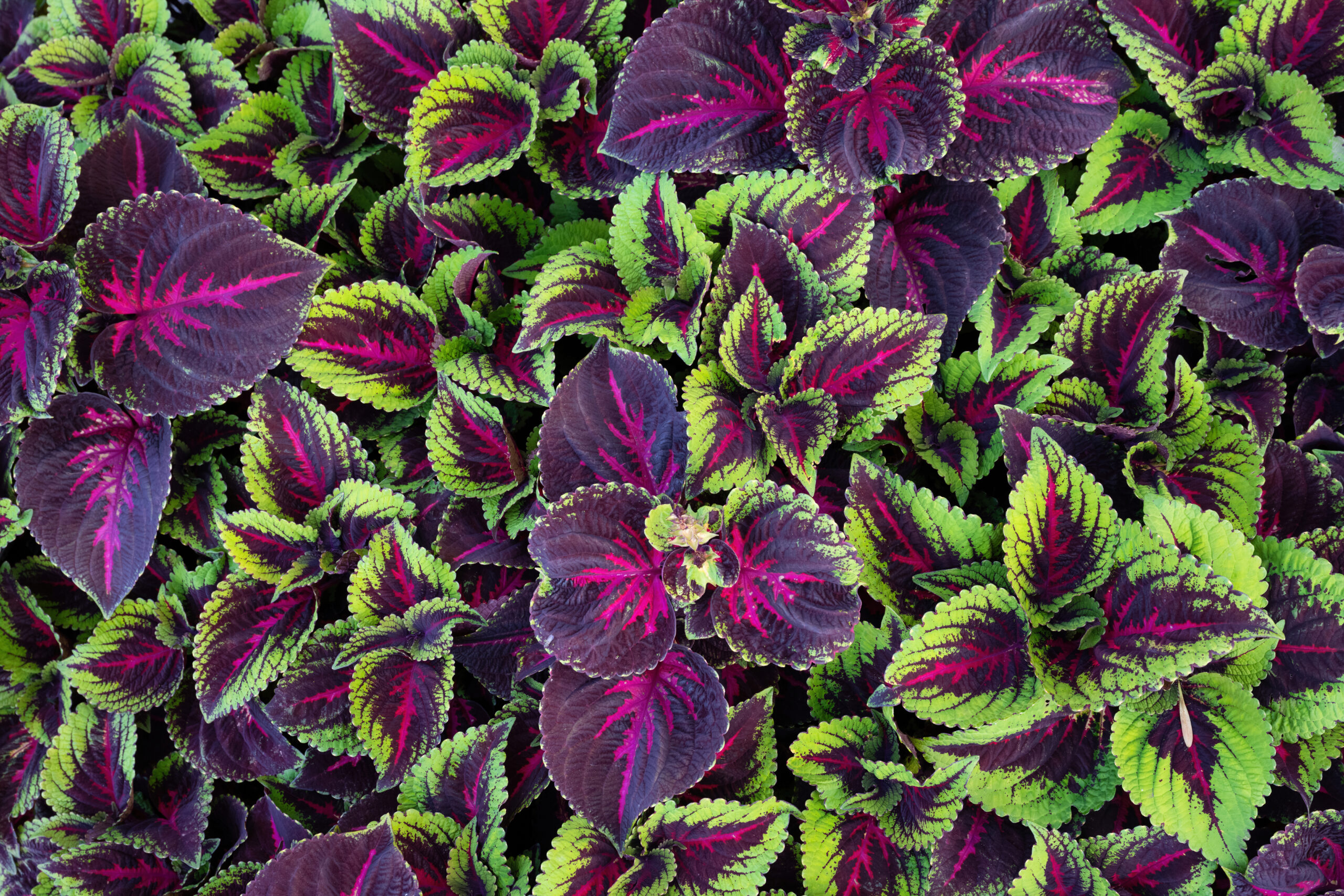
Not all plants need to bloom to add beauty to your garden. Incorporating plants with colorful foliage, like coral bells, coleus, or Japanese maple, can provide year-round color without relying solely on flowers. Foliage plants offer a variety of hues, from deep purples to bright greens, ensuring that your garden remains visually appealing even when flowers are not in bloom. Mixing colorful foliage with blooming plants creates a dynamic and vibrant garden landscape.
Attract Pollinators for a Healthy Garden
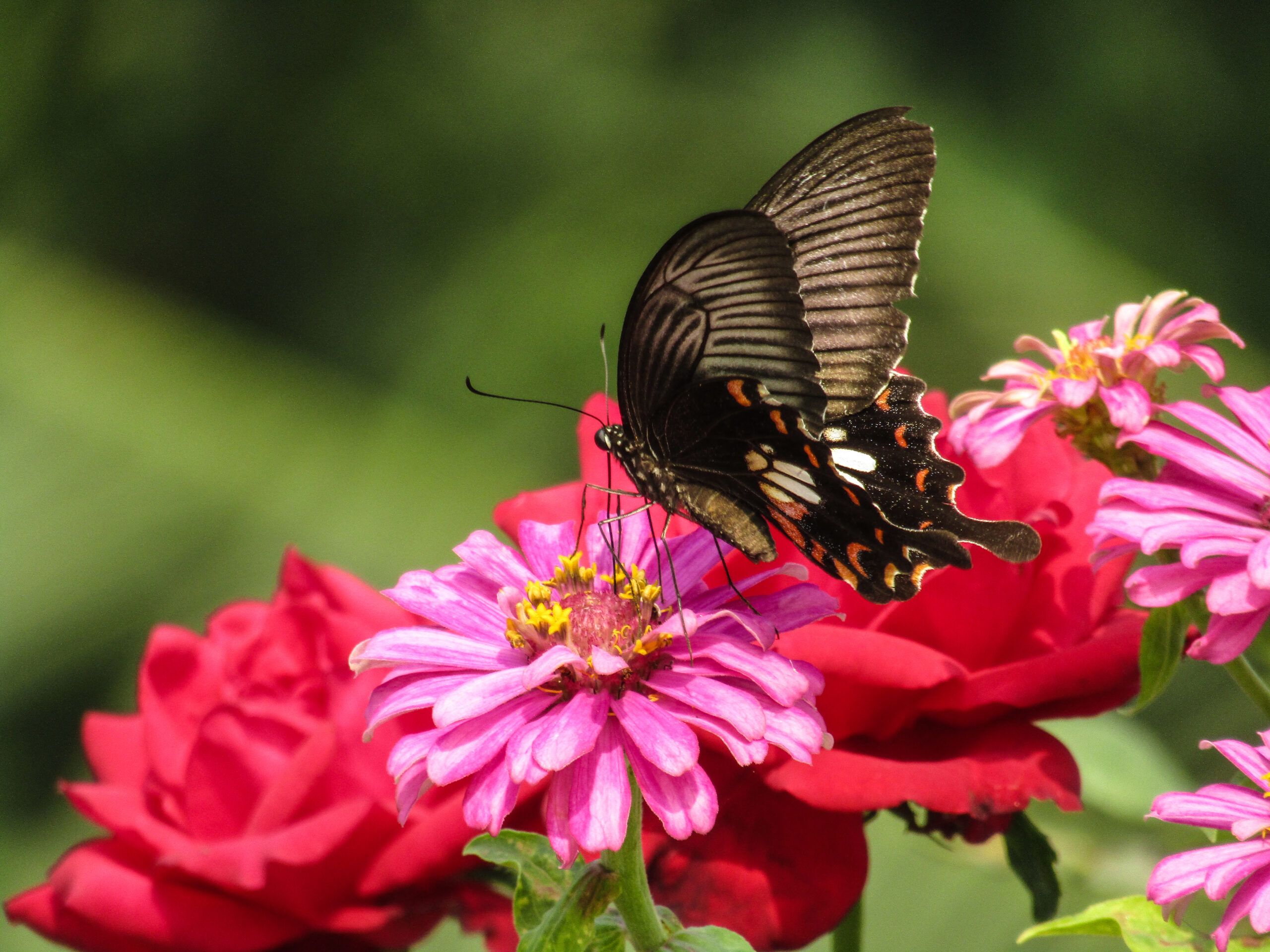
A garden that attracts pollinators such as bees, butterflies, and hummingbirds is not only more vibrant but also healthier. Plants like lavender, echinacea, and zinnias are excellent for attracting these beneficial creatures, which help your garden thrive by pollinating flowers and encouraging growth. Pollinators also ensure that your garden continues to produce blooms throughout the year, as they play a crucial role in the plant life cycle.
Plan for Succession Planting
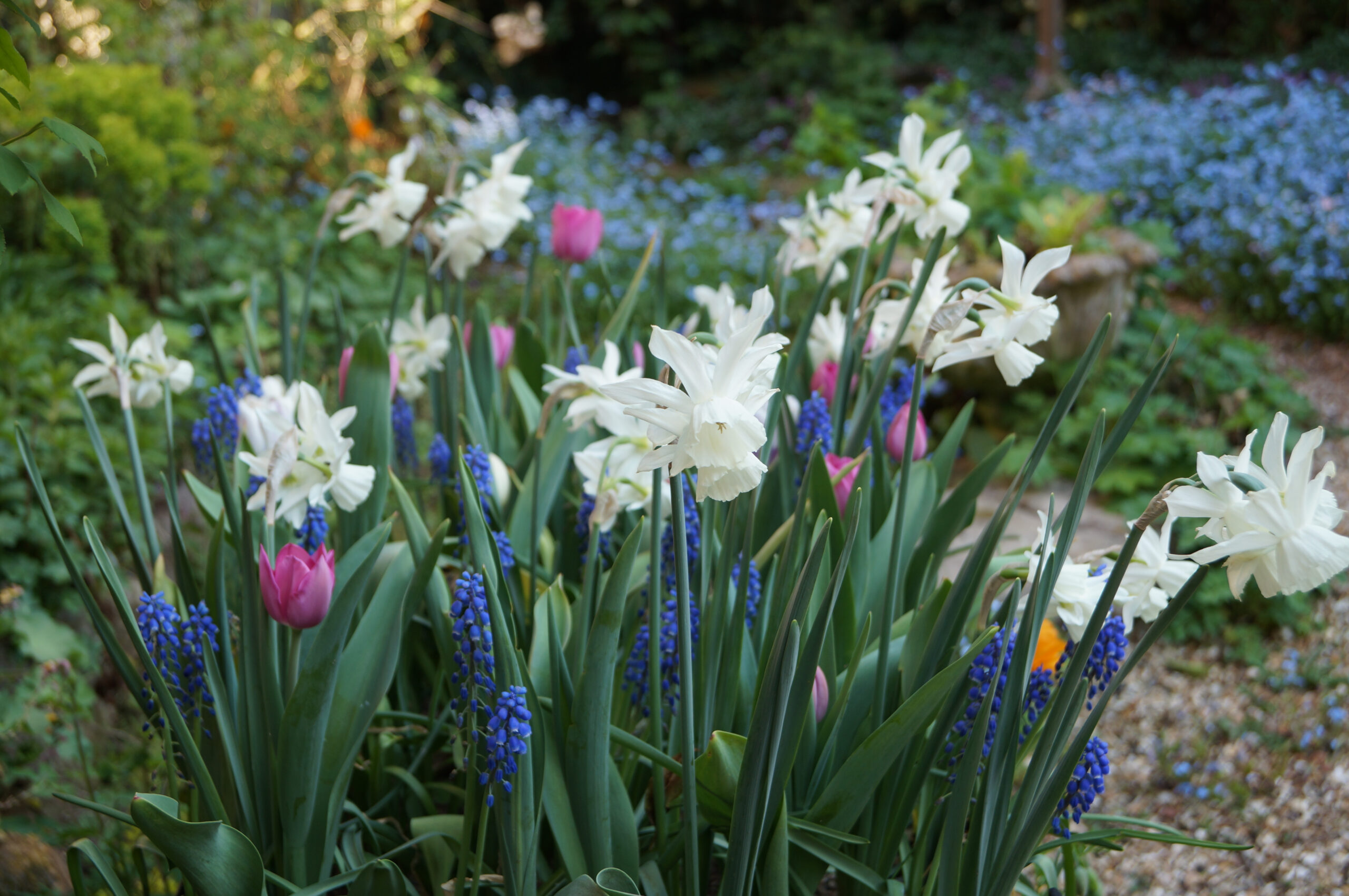
Succession planting is a technique where you plant different crops or flowers in the same space, but at different times, to ensure continuous blooming or harvesting. This method works particularly well for vegetables and flowers that have shorter blooming periods. By planning ahead and planting in intervals, you can keep your garden blooming longer. This approach is especially useful in small spaces, where maximizing every inch is essential.
Add Water Features for Year-Round Appeal
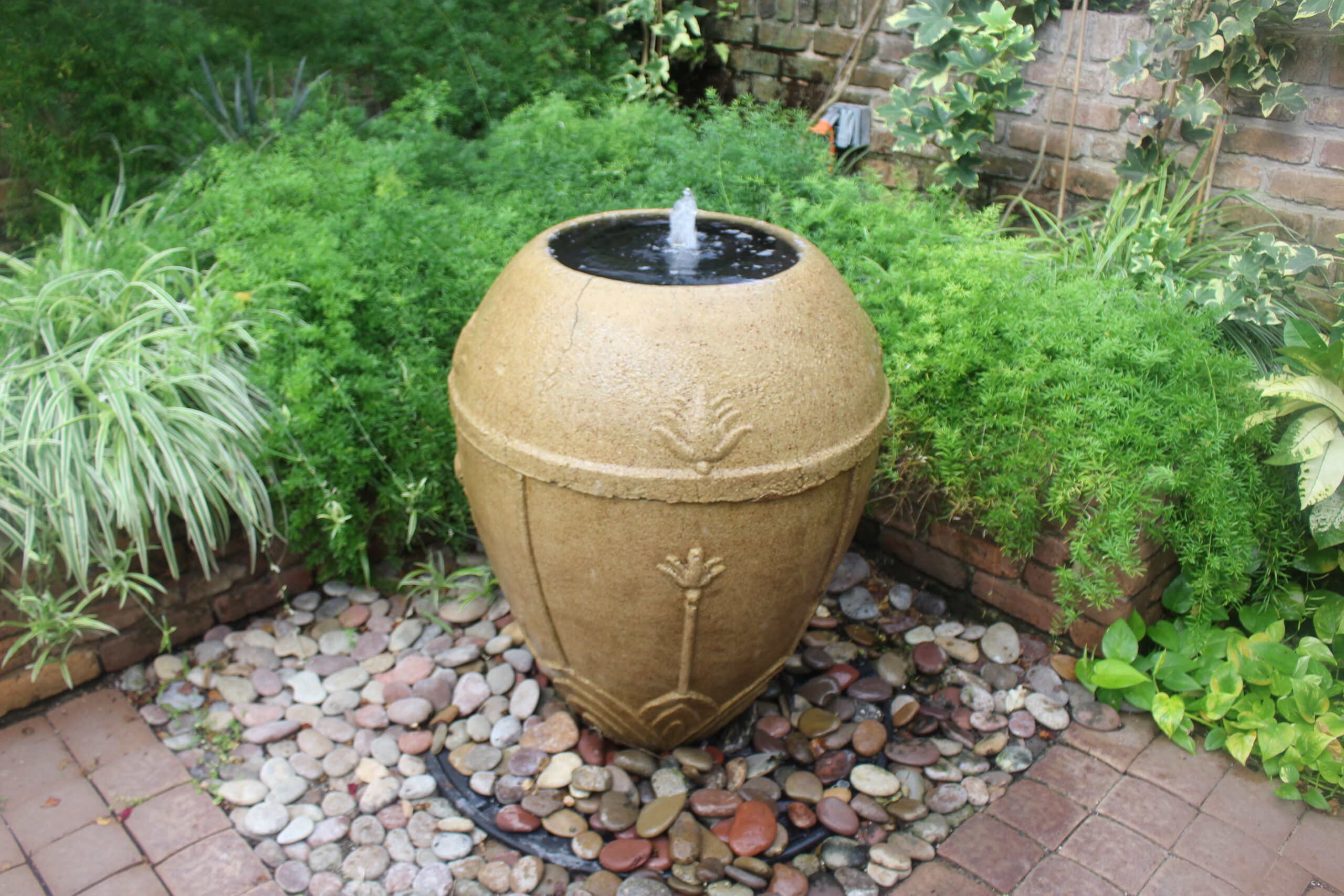
While water features don’t bloom, they add a sense of tranquility and visual interest that enhances your garden’s year-round appeal. A small pond, fountain, or birdbath can attract wildlife, adding life to your garden even in the colder months. Water features also provide a soothing sound that complements the beauty of your blooms, creating a multi-sensory experience in your garden.
Plan for Maintenance and Seasonal Care

To ensure that your garden continues to bloom year-round, it’s essential to plan for regular maintenance. Deadheading spent flowers, pruning shrubs, and replenishing mulch are all necessary tasks to keep your garden looking its best. Seasonal care, such as protecting delicate plants during winter and adding compost in the spring, will help your garden stay healthy and vibrant throughout the year. With a bit of planning and consistent care, your garden can be a blooming paradise in every season.
This article originally appeared on RetailShout.
More From RetailShout
15 Common Wok Mistakes You Need to Avoid

Cooking with a wok can be a game-changer for your kitchen adventures. But let’s face it, using a wok isn’t always as straightforward as it seems. Many of us make simple mistakes that can turn a promising stir-fry into a soggy mess. Whether you’re new to wok cooking or have been doing it for years, it’s easy to fall into some common pitfalls. Read More.
The 14 Oldest Steakhouses in America You Must Visit

Steak lovers, gather ’round! Ever wondered where you can find the oldest and most iconic steakhouses in the United States? These places are more than just restaurants; they’re pieces of history, each with its own unique story and mouth-watering menu. Read More.
15 Myths About Eating Healthy on a Budget Debunked

Eating healthy on a budget can feel like a real challenge, especially with all the myths floating around. You’ve probably heard that healthy food is too expensive or that it takes too much time to prepare. But let’s be real—these are just misconceptions that can hold you back. Read More.



